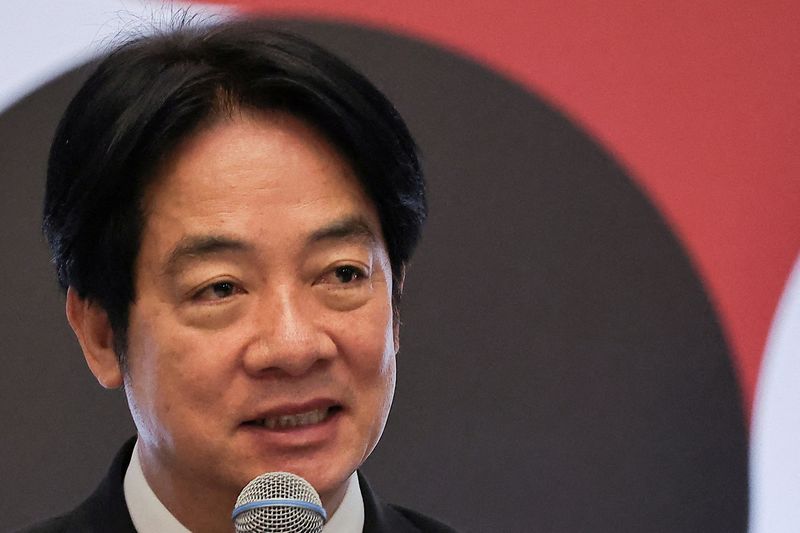The Arbitrage Pricing Theory (APT) is a model that describes the relationship between the expected returns from an asset and its risks. Often used as an alternative to the Capital Asset Pricing Model (CAPM), APT is a multi-factor model for investments that explains the risk-return relationship using various independent factors rather than relying on a single index, as with CAPM.
While this model got developed in 1976, much after CAPM, however, many investors still use the latter for their calculations. As compared to CAPM, the APT uses less restrictive assumptions, which gives it an advantage over CAPM. While the APT uses a multi-index approach to calculations, it does not specify what the index should be, which is its downside compared to CAPM, which does.
Arbitrage Pricing Theory Formula
The formula to calculate the expected return using APT depends on how many factors or indexes investors take into account. Therefore, it can be represented as follows.
E(r)i = Rf + β1RP1 + β2RP2 + β3RP3 + … + βnRPn
In the above formula, “E(r)i” represents the return calculated by the model. “Rf” denotes the risk-free rate of return. “βx” symbolizes the beta for a specific index or factor considered. “RPx” represents the risk premium of the considered index. Finally, “n” denotes the number of indexes considered by the investor.
There are two types of factors that the model considers. These include macroeconomic factors, such as inflation, GDP, etc., and factors specific to the market or stock. The market-specific risks consist of systematic risks associated with the stock in question.
Assumptions of Arbitrage Pricing Theory
There are three assumptions that APT makes when calculating return on an asset. First of all, it assumes that returns depend only on systematic factors. Similarly, the model assumes that no-arbitrage exists. In case there are any arbitrage opportunities, the market will exploit them. Lastly, APT implies that investors can build a portfolio of diversified assets, thus, eliminating any specific risks in the process.
Advantages of using Arbitrage Pricing Theory
There are many advantages of using APT to determine the expected return. First of all, APT allows investors to use several factors rather than be limited to one. The model also does not specify the factors, allowing investors the choice to weigh in factors of their choice.
Similarly, it has fewer restrictions as compared to some other models. Likewise, the model also provides much better compensation for unforeseen circumstances. Lastly, the model provides investors with an opportunity to identify and exploit arbitrage opportunities.
Disadvantages of using Arbitrage Pricing Theory
Despite its advantages, APT may also come with some disadvantages. First of all, some investors may consider APT more complicated as compared to other models. Similarly, APT requires risk sources to be accurate to produce accurate results. Despite all the calculations, however, the model still does not guarantee results.
Conclusion
Arbitrage Pricing Theory (APT) is a model used in the calculation of the return of investments. It is considered an alternative to the well-known Capital Asset Pricing Model (CAPM). However, unlike CAPM, APT weighs multiple factors or indexes when calculating an expected return.
Further questions
What's your question? Ask it in the discussion forum
Have an answer to the questions below? Post it here or in the forum




